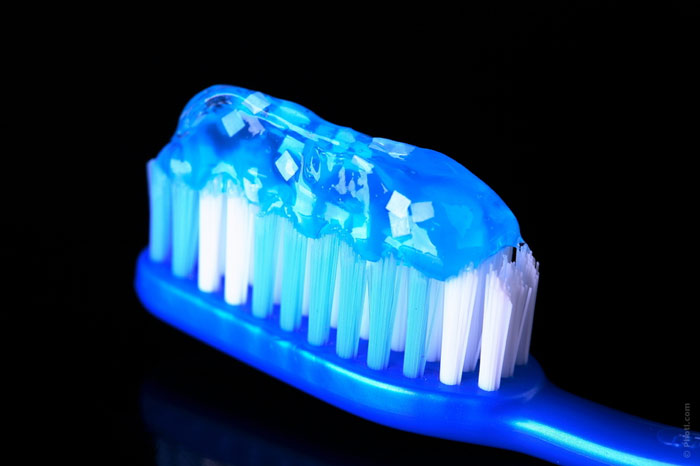10 Tips on How to Maintain Kids’ Oral Health
Visiting a dentist is a nightmare for both children and parents. However, proper dental care and timely prevention will help to avoid tooth decay and gum problems.

The first visit to the dentist should take place when the baby turns one year old. Even if a child has no complaints, you need to visit a doctor at least 2-3 times a year.
Dental caries in children progresses instantly and complications arise very quickly. Besides, the disease in kids is often asymptomatic. If the child does not complain of pain, it does not mean that the teeth are all right.
You need to care for your kid’s teeth since the first tooth. You should wipe the teeth with a gauze soaked in warm water, or use a special baby brush with a soft bristle, without any toothpaste. Move the brush in the mouth from the vertically – from the bottom up, and horizontally – from the gum to the edge of the tooth.
Children’s toothpaste (with a minimum of fluorine) may be used from 2-2.5 years, when the child can spit it out. However, do not squeeze more than the size of a pea. Starting from 6 years you can use toothpaste with a higher content of fluorine. Help your child and show him or her how to clean teeth. It is best to do it standing behind the child in front of the mirror.
Children whose teeth are affected by caries in the early stages are often treated by silvering – teeth are processed with a silver solution, which has an effective anti-bacterial effect. However, the method has a very big minus – it darkens the teeth so that it is impossible to clean them.
In addition, silvering is only effective with surface caries. The opponents of this method offer to treat baby’s teeth like permanent – with drilling and conventional fillings. Moreover, remineralizing therapy is done as a preventive procedure in surface caries (with white spots on the enamel): the teeth cleaned from plaque are processed with special solutions, which contain mineral components. The enamel recovers, and white spots disappear.
At the age of 6-7 permanent teeth appear. A year or two after that the enamel matures and is very susceptible to decay. To preserve the teeth healthy, doctors recommend fissure sealing (fissures are natural grooves on the chewing surfaces of the teeth where plaque accumulates).
Cleaning the surface of the tooth with a brush, the doctor applies a special sealant. This procedure saturates enamel with fluorine and prevents food particles and germs from lingering in the recesses. The procedure is harmless, and it can be done regularly, once every few months.
From 5-7 to 12-14 baby teeth change to permanent. Pay attention to how a bite forms, and be sure to take your child for a visit to the orthodontist. In adolescence, the process of teeth alignment is fast, and the result is stable. Later bite correction will cost more and take longer.
Calcium needed for bones and teeth is contained in dairy products. Up to 2.5 years the child forms permanent teeth, and at this time it is important to consume products with a high content of calcium. Vitamin D is equally important, because it allows calcium to be absorbed. By the way, low-fat dairy products are digested much better.
